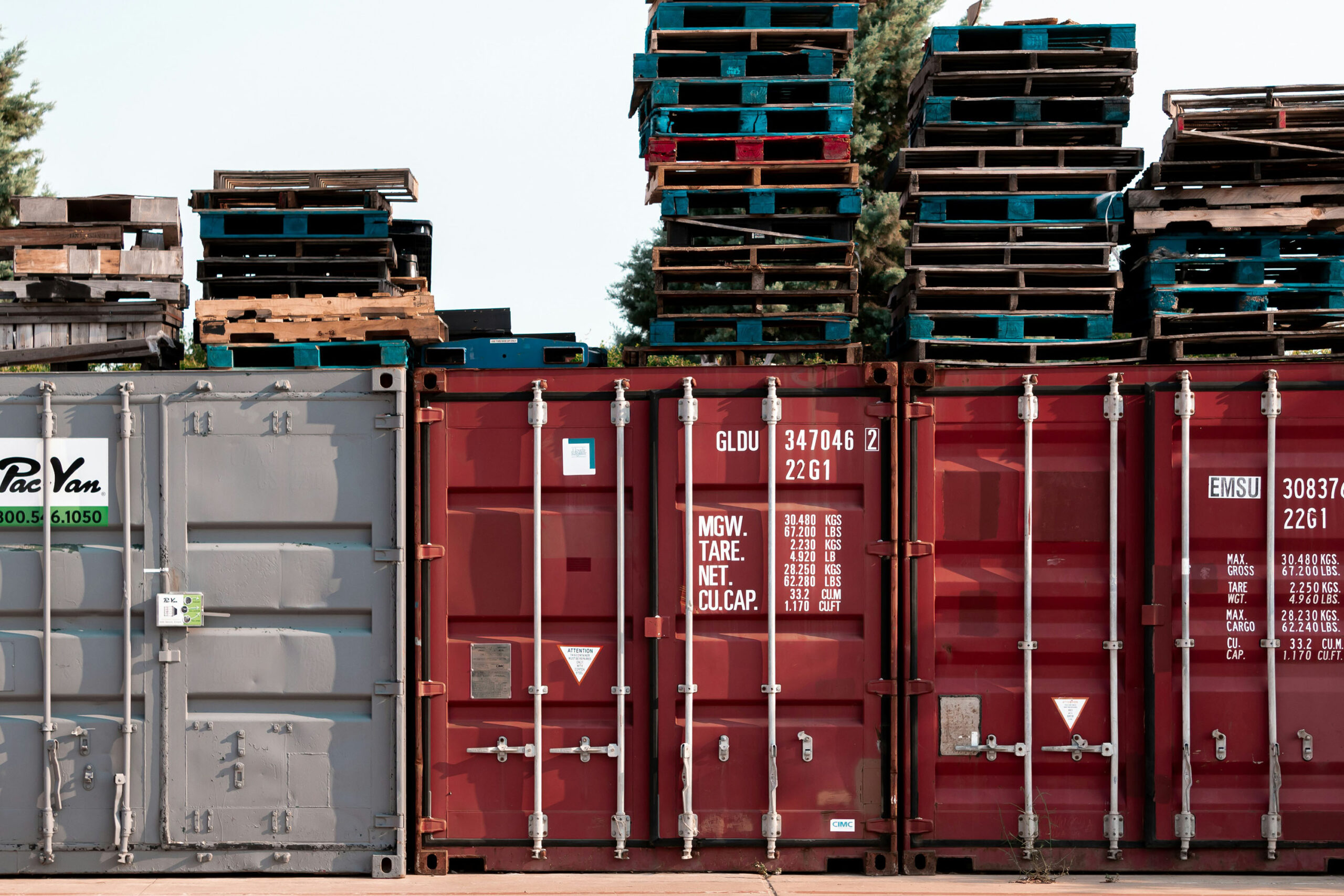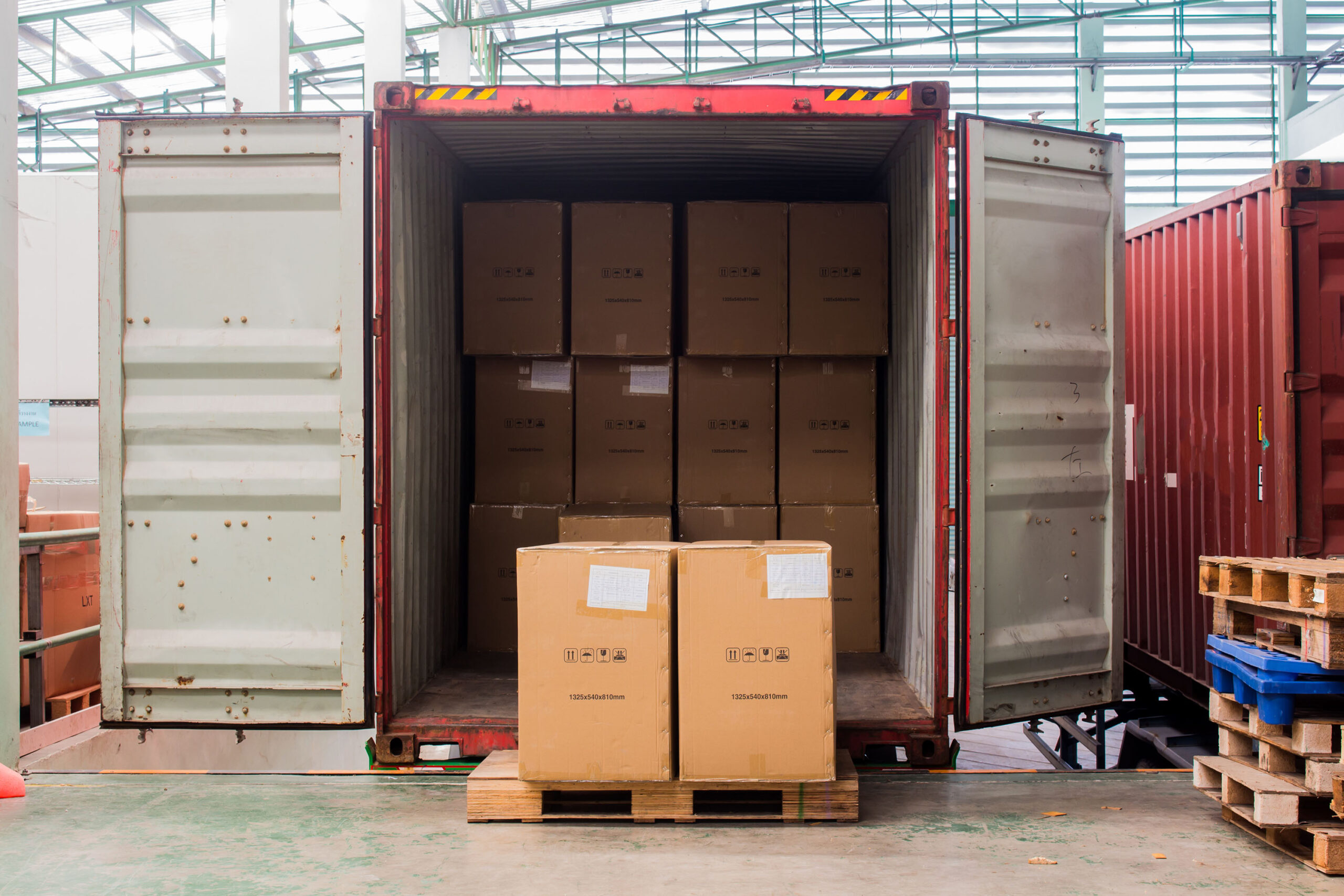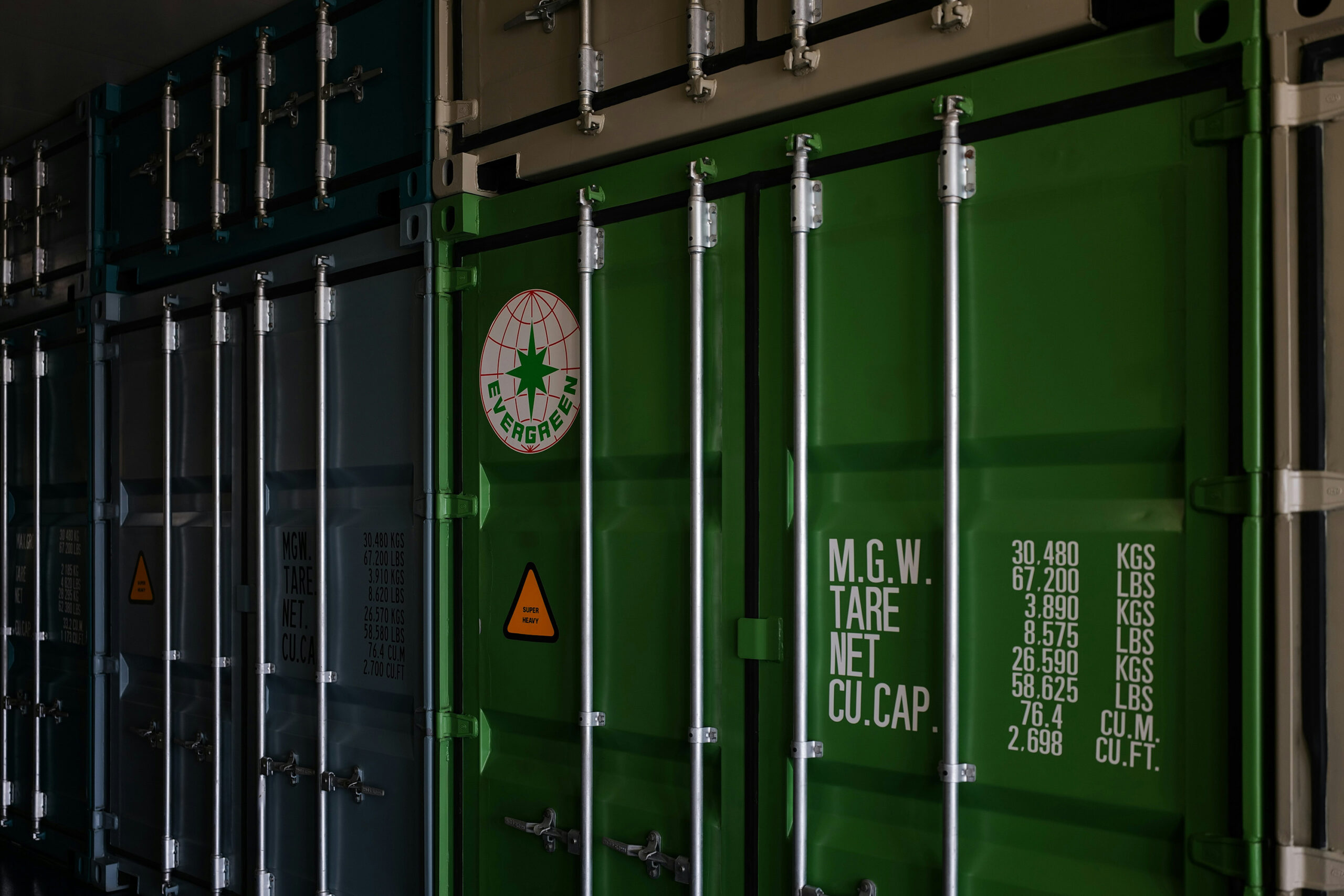
Shipping Container Maintenance: Keeping Your Cargo Safe and Sound
Shipping containers are the unsung heroes of global trade, quietly ferrying goods across oceans, continents, and borders. Yet, despite their sturdy reputation, these containers require regular maintenance to ensure they remain in optimal condition. Neglecting maintenance can lead to costly repairs, compromised cargo, and safety hazards. In this guide, we delve into the importance of shipping container maintenance and offer practical tips to keep your containers in top-notch shape.
Understanding the Importance of Maintenance:
Shipping containers are subjected to harsh conditions during transit, including exposure to saltwater, extreme temperatures, and rough handling. Without proper maintenance, they are susceptible to rust, corrosion, structural damage, and seal failures. Additionally, neglecting maintenance can result in regulatory non-compliance and insurance issues. By implementing a proactive maintenance plan, you can prolong the lifespan of your containers, reduce repair costs, and ensure the safety and security of your cargo.
Routine Inspections
Regular inspections are the cornerstone of effective shipping container maintenance. Inspect each container thoroughly for signs of damage, including dents, rust spots, and cracked welds. Pay special attention to the container’s doors, hinges, and locking mechanisms, as these areas are prone to wear and tear. Inspect the flooring for signs of corrosion or water damage, as moisture can compromise the integrity of the cargo. Document any issues discovered during inspections and prioritize repairs based on severity.
Cleaning and Repainting
Cleaning and repainting are essential steps in preventing corrosion and maintaining the aesthetics of shipping containers. Wash the exterior and interior of each container regularly to remove dirt, salt residue, and other contaminants. Use a mild detergent and a pressure washer for effective cleaning. Inspect the container’s paint for signs of peeling or damage, and touch up any areas as needed. Repainting the container with a high-quality marine-grade paint can provide an additional layer of protection against corrosion and extend its lifespan.
Seal and Gasket Maintenance
Proper sealing is critical to protecting cargo from moisture, dust, and pests during transit. Inspect the seals and gaskets around the doors of each container for signs of wear or damage. Replace any damaged seals promptly to maintain a tight seal and prevent water ingress. Lubricate the door hinges and locking mechanisms regularly to ensure smooth operation and prevent corrosion. Consider installing desiccants or moisture-absorbing products inside the container to control humidity levels and prevent moisture-related damage to the cargo.
Structural Repairs
Addressing structural issues promptly is crucial to maintaining the integrity and safety of shipping containers. Repair any dents, dings, or punctures in the container’s walls or roof to prevent water ingress and structural compromise. Welding may be necessary for more extensive repairs, so it’s essential to hire qualified professionals for welding work. Reinforce weak spots in the container’s structure to prevent further damage and ensure compliance with safety standards.
Investing in Security Features
In addition to routine maintenance, investing in security features can help protect your cargo from theft and tampering. Consider installing high-security locks, GPS tracking devices, and intrusion detection systems on your containers to deter unauthorized access and monitor their whereabouts in real-time. Conduct regular security audits to identify vulnerabilities and address them promptly.
Shipping container maintenance is a proactive investment that pays dividends in terms of cargo safety, operational efficiency, and cost savings. By implementing a comprehensive maintenance plan that includes routine inspections, cleaning, seal maintenance, structural repairs, and security measures, you can prolong the lifespan of your containers and ensure the safe and secure transport of your goods. Remember, a well-maintained shipping container is not just a vessel for transporting cargo—it’s a cornerstone of global trade.
continue reading



